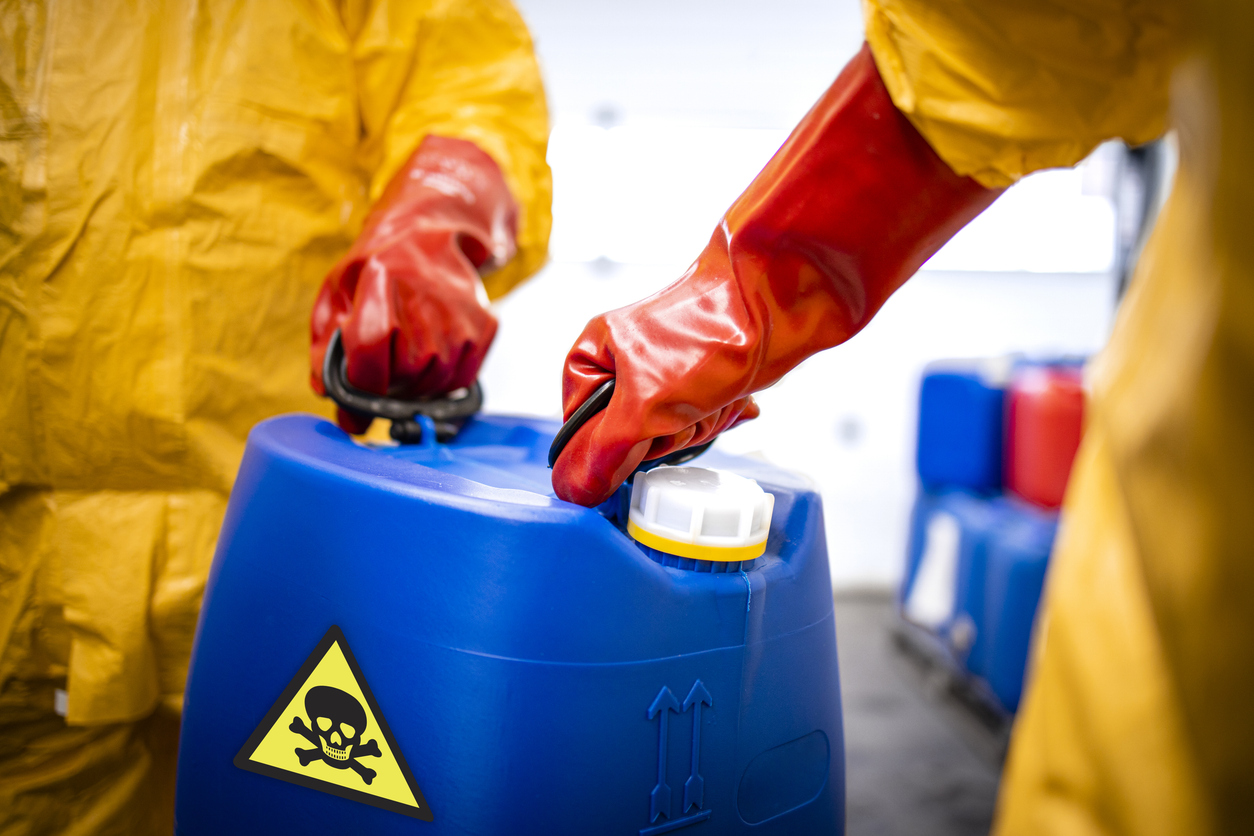
In industries where flammable gases, vapours, or dust are constantly present, achieving both safety and measurement precision is a persistent challenge. SST Sensing has designed the LLIS Liquid Level Sensor to meet this challenge head-on. Offering certified intrinsic safety and high-performance liquid detection, it excels in even the most demanding environments.
Engineered for hazardous areas and certified to ATEX, IECEx, and UKCA standards, the LLIS sensor integrates cutting-edge optical technology with durable industrial design. Its ability to provide real-time, accurate liquid level detection without introducing ignition risks makes it an indispensable tool for petrochemical, chemical, oil and gas, and environmental monitoring applications.
Why Intrinsic Safety Matters
In a hazardous area environment zone 0, 1, or 2, even a minor electrical fault or thermal event could trigger a catastrophic explosion. Intrinsic safety (IS) mitigates this risk by limiting the electrical and thermal energy released by equipment, ensuring it remains below ignition thresholds. The LLIS sensor operates within strict IS parameters by utilizing low-voltage, low-current circuits. It is deployed alongside certified IS barriers or isolators in non-hazardous zones, regulating energy transmission to ensure compliance with ATEX Directive 2014/34/EU and international IECEx standards. Its design also accounts for capacitance and inductance, factors that can influence stored energy in circuits. By keeping these elements within safe limits, the LLIS remains reliable, even in the event of a fault.
Advanced Detection Technology
At the core of the LLIS sensor is an infrared optical sensing mechanism that leverages total internal reflection. When surrounded by air, infrared light remains internally reflected within the sensor tip. However, when liquid comes into contact, the light refracts outward, triggering a detectable change in signal. This method is both highly responsive and precise, with a switch point repeatability of ±1 mm. Since the LLIS sensor lacks moving parts, it minimizes maintenance needs and eliminates regular calibration requirements. Its exceptional accuracy makes it ideal for detecting liquid presence or absence, safeguarding downstream analyzers, controlling tank levels, and supporting leak detection systems.
Engineered for Extreme Conditions
The LLIS sensor isn’t just advanced, it’s built to withstand harsh environments. Its 316 stainless steel housing resists corrosion and mechanical stress, while the sensor tip is available in materials such as polysulfone, trogamid, and grilamid for compatibility with various liquids. Designed to function in diverse conditions, the LLIS operates reliably between –30°C and +80°C (–22°F to +176°F), making it suitable for everything from outdoor tanks in freezing temperatures to high-heat processing vessels. The sensor can be supplied with either a 2, 5 or 10mtr NAMUR technology, IP68/69 rated cable connector along with a 1 channel, 24VDC, NAMUR input, SIL2 isolated barrier ensuring robust protection against dust and water ingress, even in submersion or frequent washdown applications.
Seamless Integration and Industry Certifications
The LLIS sensor is designed for easy implementation, featuring a NAMUR standard output that is compatible with a broad range of hazardous area instrumentation. Available in metric and imperial process connections, it integrates effortlessly into existing systems with minimal modification.
Its certifications include:Additionally, the LLIS adheres to EN IEC 60079-0:2018 and IEC 60079-11:2023, ensuring compliance with the latest safety standards for explosive atmospheres.
Versatile Applications
From chemical plants to offshore oil rigs, the LLIS plays a vital role in liquid level monitoring for mission-critical operations. It is widely used for:
Thanks to its intrinsic safety certification, the LLIS can be used for live testing in volatile environments, including systems containing explosive liquids such as diesel, petrochemicals, combustible dusts and fibres along with gasoline to name a few. These types of liquids have a relatively low flashpoint, meaning they can easily vaporize and create a flammable mixture at normal temperatures. While liquids themselves don't typically explode, their vapours can create explosive mixtures. When the vapor is mixed with air in the correct proportions, it can be ignited by a spark or flame, leading to a rapid expansion of gas, which is the explosive event. In hydrogen and energy transition projects, where explosion risks are high, this sensor proves its value through certified performance and compatibility with hazardous conditions. The LLIS Liquid Level Sensor from SST represents the gold standard in hazardous area instrumentation. With its fast, accurate optical sensing, robust construction, and industry-leading certifications, it provides operators with confidence and peace of mind. Whether safeguarding a chemical reactor, monitoring underground fuel tanks, or integrating into a hazardous area control system, the LLIS offers a reliable, certified, and technically advanced solution. To learn more or request a quote, contact our engineers at Conclusion
Blogs Related
The Essential Role of Liquid Level Optical Switches in Leak Detection for Hazardous Environments
Related Products
Hazardous Area Approved Liquid Level Switch
Want to see more information like this?
Sign up to one of our Industry newsletters and you’ll receive our most-recent related news and insights all directly to your inbox!
Sign Up